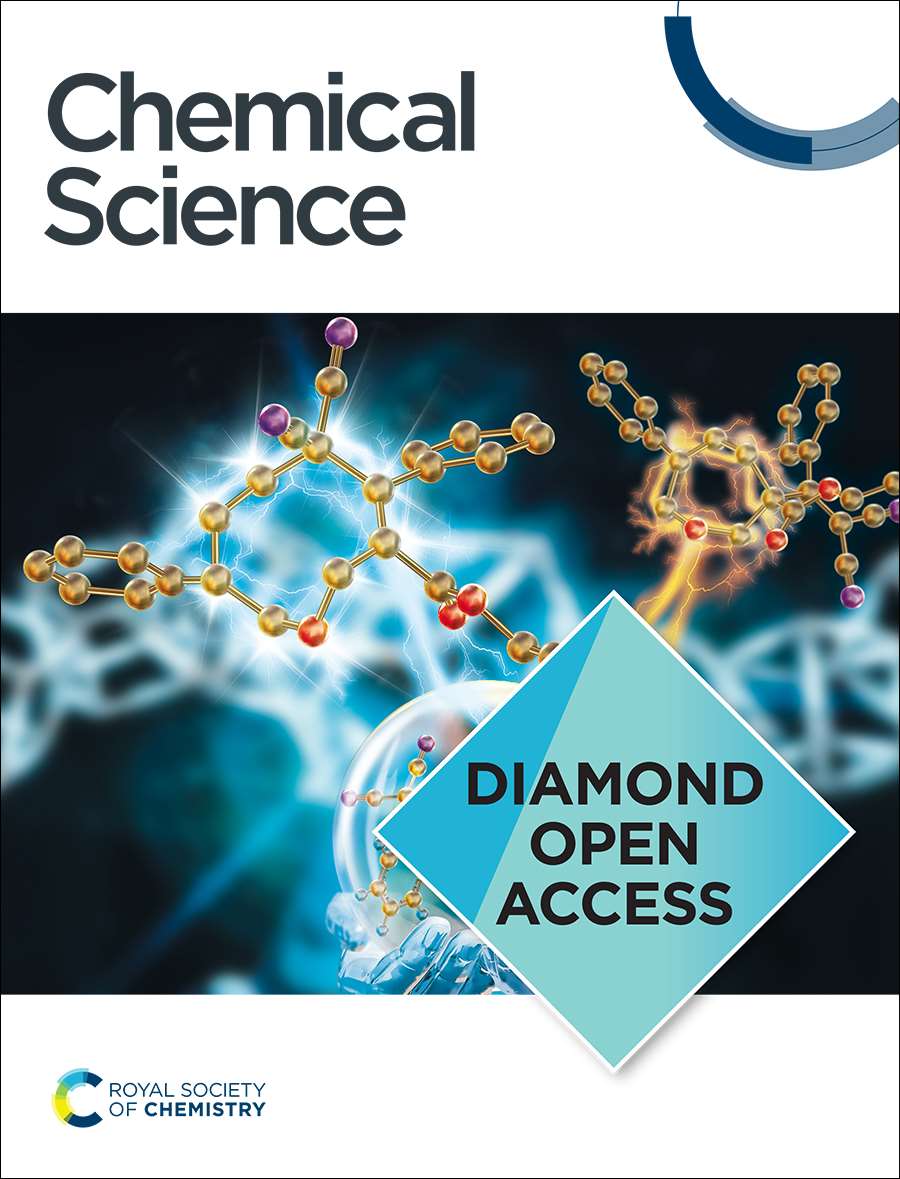Spin Polarization Induced Rapid Reconstruction of Transition Metal Oxide for Efficient Water Electrolysis
IF 7.6
1区 化学
Q1 CHEMISTRY, MULTIDISCIPLINARY
引用次数: 0
Abstract
Although high-valent metal hydroxyl oxides formed in situ through electrochemical oxidation of the metal oxide matrix are key active sites for the oxygen evolution reaction (OER) in transition metal oxides, such a sluggish structural reconstruction largely hinders the electrocatalytic performance. Herein, we present a novel spin polarization engineering strategy to accelerate the formation of high-valent CoOOH, thereby significantly enhancing the OER performance. Through strategic substitutional doping of Mn atoms into the CoO lattice and subsequent confinement of the resulting bimetallic oxides within hollow mesoporous carbon spheres (Mn-CoO/HMCS), the as-prepared catalyst demonstrates markedly enhanced electrocatalytic activity, delivering approximately 5.9-fold higher mass activity compared to the undoped CoO/HMCS counterpart. In situ spectroscopy and theoretical calculations elucidate that Mn doping induces lattice distortion and symmetry breaking, which alters the orbital filling of Co with a lower energy barrier for the structural reconstruction from Co²⁺ to Co³⁺. The spin state transition from a high-spin configuration in Co²⁺ to a low-spin state in Co³⁺ further facilitates the formation of CoOOH active intermediates for OER. This work not only paves new avenues for promoting the dynamic reconstruction of active hydroxyl oxides but also highlights the untapped potential of cobalt-based materials through rational electronic structure modulation.自旋极化诱导的高效水电解过渡金属氧化物的快速重构
虽然通过金属氧化物基体的电化学氧化原位形成的高价金属羟基氧化物是过渡金属氧化物中析氧反应(OER)的关键活性位点,但这种缓慢的结构重构在很大程度上阻碍了电催化性能。在此,我们提出了一种新的自旋极化工程策略来加速高价CoOOH的形成,从而显著提高OER性能。通过将Mn原子战略性地取代掺杂到CoO晶格中,并随后将所得到的双金属氧化物限制在空心介孔碳球(Mn-CoO/HMCS)中,所制备的催化剂表现出显著增强的电催化活性,其质量活性比未掺杂的CoO/HMCS高约5.9倍。原位光谱和理论计算表明,Mn掺杂引起晶格畸变和对称破缺,改变了Co的轨道填充,使Co 2 +以较低的能垒重构为Co³+。从Co 2 +的高自旋构型到Co 3 +的低自旋态的转变进一步促进了OER中CoOOH活性中间体的形成。这项工作不仅为促进活性羟基氧化物的动态重建开辟了新的途径,而且突出了通过合理的电子结构调制钴基材料的未开发潜力。
本文章由计算机程序翻译,如有差异,请以英文原文为准。
求助全文
约1分钟内获得全文
求助全文
来源期刊

Chemical Science
CHEMISTRY, MULTIDISCIPLINARY-
CiteScore
14.40
自引率
4.80%
发文量
1352
审稿时长
2.1 months
期刊介绍:
Chemical Science is a journal that encompasses various disciplines within the chemical sciences. Its scope includes publishing ground-breaking research with significant implications for its respective field, as well as appealing to a wider audience in related areas. To be considered for publication, articles must showcase innovative and original advances in their field of study and be presented in a manner that is understandable to scientists from diverse backgrounds. However, the journal generally does not publish highly specialized research.
 求助内容:
求助内容: 应助结果提醒方式:
应助结果提醒方式:


